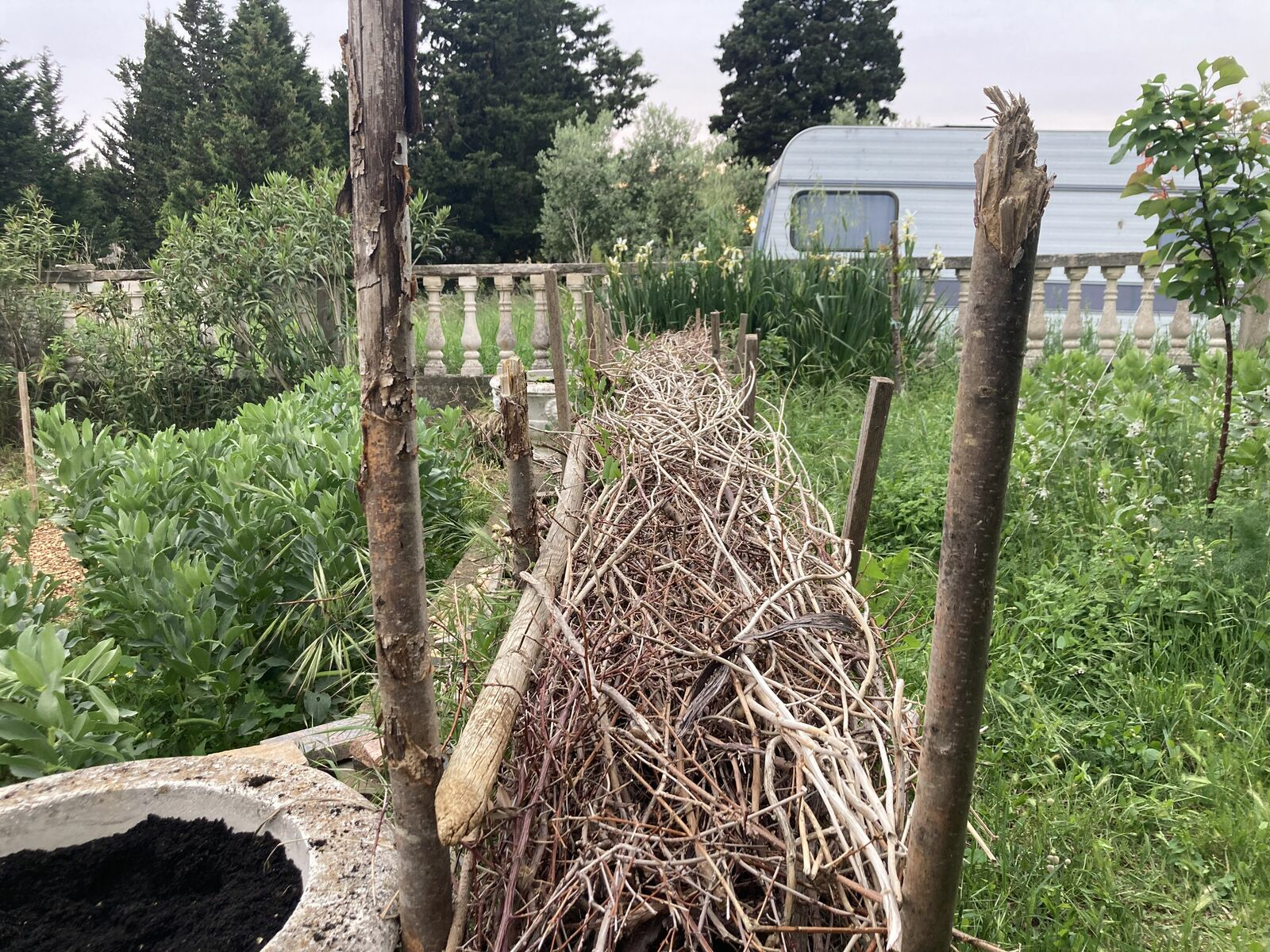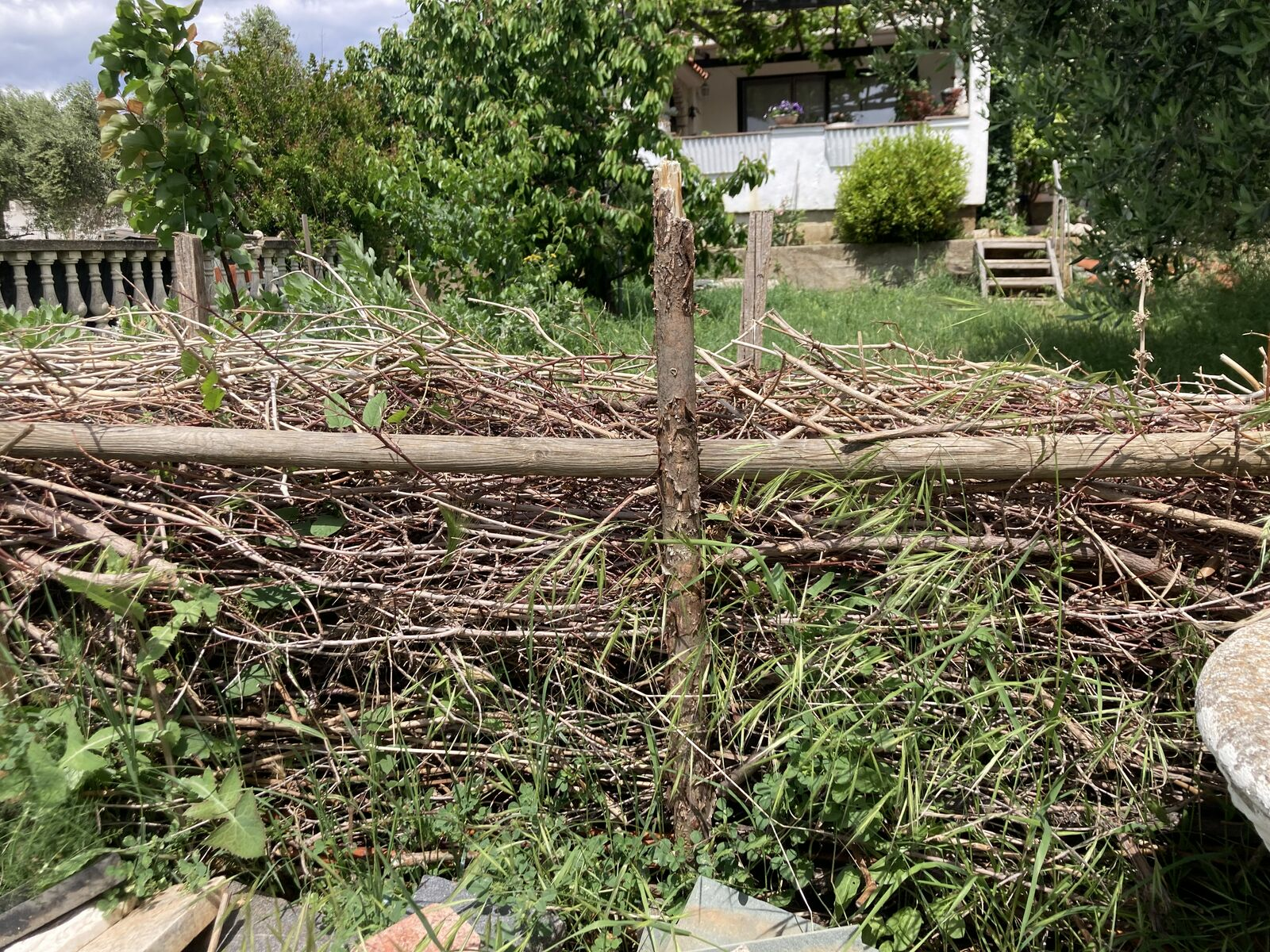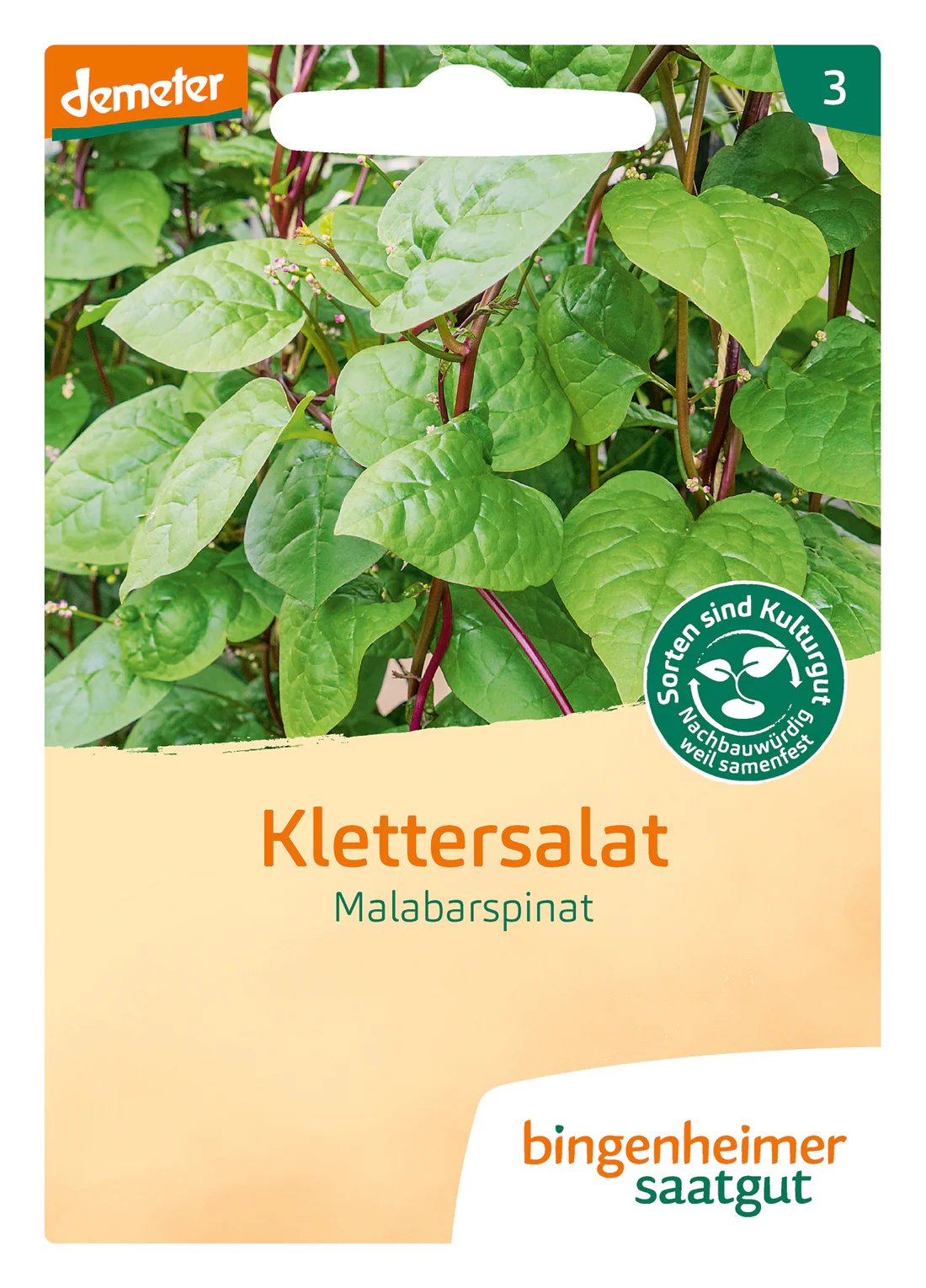Deadwood Hedge: What is that actually?
Hedge from dead wood
A benjes hedge is a hedge made of deadwood and is therefore also known as a deadwood hedge. This makes it a wonderful way to recycle your prunings from fruit trees and hedges and close loops. At the same time, it's a way to maintain and enhance the natural ecosystem in your yard. The Benjes hedge gets its name from landscaper Hermann Benjes, who re-established this way of planting hedges in the 1980s.
Deadwood as an important habitat
Unfortunately, in many commercial forests, this deadwood is removed for timber harvesting. However, this is disastrous for some forest dwellers, because many find food, shelter or a nesting place in the old wood - from tiny microorganisms, fungi and bacteria to insects and birds. Deadwood is thus a valuable habitat that contributes to a wide range of biodiversity. Many animal species that depend on deadwood and whose habitat is wood are endangered species. Therefore, it is even more important to spread and offer these habitats again.
Deadwood hedge: The best location

You can place your deadwood hedge in any location. Just make sure that the soil underneath is not compacted and is well-drained to avoid waterlogging. To encourage a lot of diversity on your Benjes hedge, it's helpful to have a sunny side and a (semi-)shady side. However, this orientation is not mandatory and you can place it where you just need a boundary. It is possible to place them as a natural windbreak or privacy screen.
What wood for a Benjes hedge?
You can use any clippings from your tree or shrub trimmings. Generally, though, the thicker the deadwood, the more abundant and the more food the garden inhabitants will find. In addition, different types of wood (hardwood, softwood or coniferous) attract different animals. Indeed, some creatures specialize in diverse woods, while others are content with what is there. So for the greatest diversity, different wood in different sizes and stages of decomposition is best. But please use only native trees and shrubs for your Benjes hedge.
Create Benjes hedge: Instructions

To limit the shape, you drive stakes into the ground, in which you can later layer the deadwood. To achieve the desired effect, your Benjes hedge should be between 0.5 and 1.5 meters wide and at least 1 to 1.5 meters high. You can adjust the length depending on the space available. Depending on the length of your dead branches, drive another stake into the ground on each side about every 1 to 2 m. Then it's time to fill your Benjes hedge. If you have green or lawn cuttings left over, you can put a layer of green material at the bottom first (optional). After that, place the largest branches and tree trunks you have between the stakes. This rough cut forms a stable base. On top of this you layer smaller pieces of dead wood, which partially fill the gaps and give the hedge its height and structure. You can round off the whole thing with leaves and/or green cuttings.
Green Benjes hedge

In the second step of creating the Benjes hedge, you can plant plants that will gradually green the hedge. Over time, plants will grow by themselves, but you can also take the reins in your own hands. Again, native plants are best. On the one hand, ground cover plants that colonize the ground are suitable. On the other hand, climbing plants that grow up the Benjeshecke and thus green. But also vegetable plants, trees and shrubs can be integrated into the Benjes hedge. You have numerous possibilities. Some examples for the greening of your Benjes hedge, we present now - shrubs & trees: blackberry, field maple, rock pear, hornbeam, hazelnut, cornel cherry,... - climbing plants: Ivy, Hedge Rose, Hops, Kiwi, Passionflower, Fire Beans,... - Ground Cover: Alan, Aster, Barlach, Mugwort, Comfrey, Hawkweed, Creeping Goutweed,... - Herbs & Flowers: Columbine, Nettle, St. John's Wort, Marjoram, Marigolds, Foxglove,...


